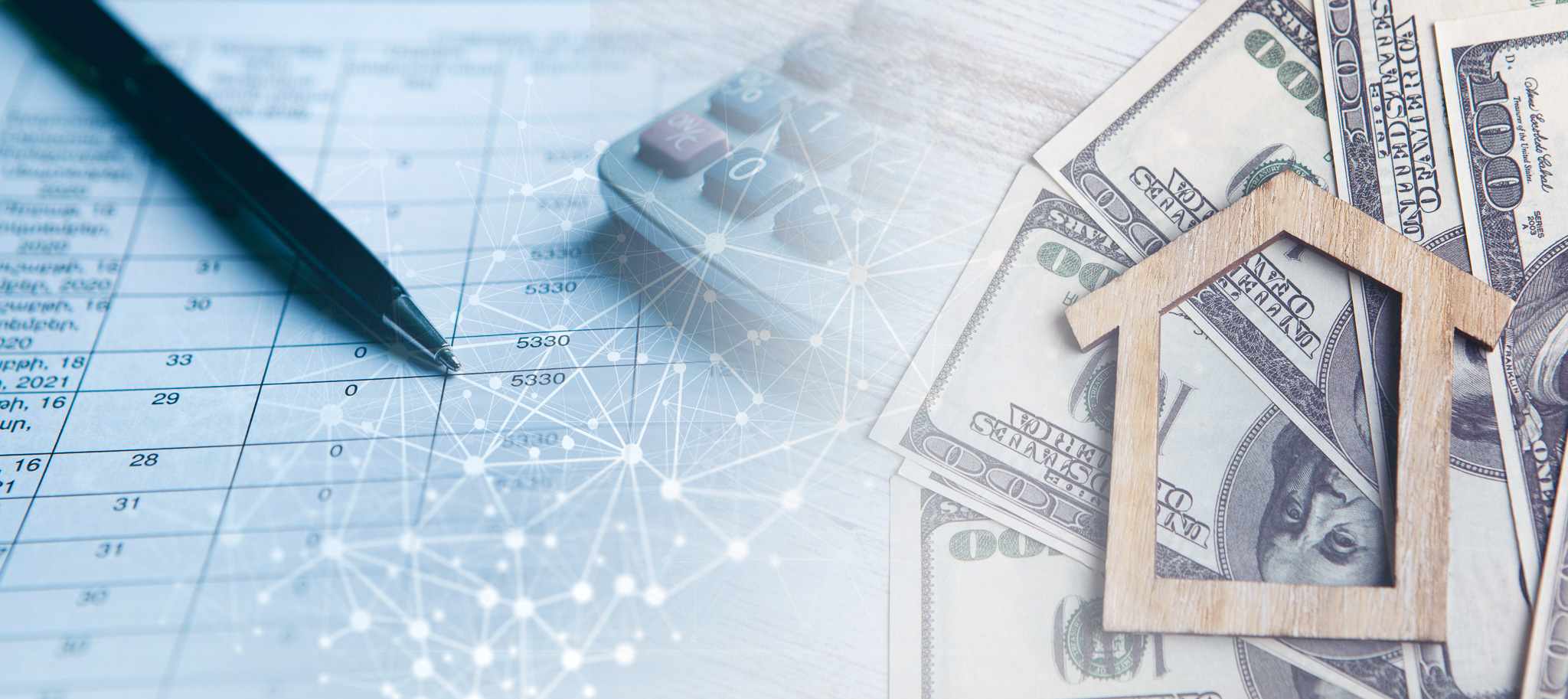Investing in rental property can be a powerful way to build wealth, create passive income, and diversify your financial portfolio. However, not every property is a good investment, and knowing how to evaluate rental property potential is crucial before committing your hard-earned money. From understanding market trends to calculating returns, this guide will walk you through the key steps to determine whether a property is worth the investment.
1. Research the Location
The golden rule in real estate—location, location, location—applies doubly when evaluating a rental property. A great property in a bad neighborhood can become a financial burden, while a modest home in a hot market can outperform expectations.
Here’s what to look for:
- Job growth and economy: A healthy job market attracts people who need housing. Look into the area’s employment trends, major employers, and economic development.
- Population growth: More people usually means higher demand for housing. Check local census data and urban development plans.
- Amenities: Access to public transportation, schools, shopping, parks, and restaurants increases a property’s desirability.
- Crime rates: High-crime areas can affect your ability to attract quality tenants and may increase maintenance or security costs.
2. Know Your Target Renters
Different neighborhoods attract different tenants—students, young professionals, families, retirees, etc. Understanding your potential renters helps determine the type of property to buy and how much rent you can charge.
- Students often look for smaller, affordable units near universities.
- Young professionals value modern amenities and proximity to nightlife or transit.
- Families tend to prioritize safe neighborhoods and good school districts.
Matching your property type to your ideal tenant profile can increase occupancy and reduce turnover.
3. Calculate Cash Flow
Cash flow is the income left over after all expenses are paid. A property may seem attractive, but it can quickly become a liability if it doesn’t produce positive cash flow.
Formula:
Cash Flow = Gross Rental Income – Operating Expenses – Debt Service
Here’s how to estimate:
- Gross rental income: Use comparable rentals to estimate monthly rent.
- Operating expenses: These include property taxes, insurance, maintenance, property management fees, utilities (if the landlord covers them), HOA fees, and a vacancy allowance (usually 5–10%).
- Debt service: Your monthly mortgage payment if financing the property.
Example:
- Rent: $1,800/month
- Operating expenses: $500/month
- Mortgage: $1,000/month
- Cash Flow: $1,800 – $500 – $1,000 = $300/month
Positive cash flow is essential for long-term sustainability and can help cushion against vacancies or unexpected repairs.
4. Analyze ROI and Cap Rate
The Return on Investment (ROI) and Capitalization Rate (Cap Rate) are two of the most critical financial metrics when evaluating rental property potential.
Return on Investment (ROI):
ROI = Annual Cash Flow / Total Investment x 100
This includes a down payment, closing costs, and any initial renovations.
Example:
- Annual cash flow: $3,600
- Total investment: $40,000
- ROI = 3,600 / 40,000 x 100 = 9%
A solid ROI for rental properties typically falls between 8% and 12% but varies based on the investor’s goals.
Capitalization Rate (Cap Rate):
Cap Rate = Net Operating Income (NOI) / Purchase Price x 100
NOI is your rental income minus operating expenses, excluding mortgage costs.
Example:
- NOI: $12,000/year
- Purchase price: $200,000
- Cap Rate = 12,000 / 200,000 x 100 = 6%
Generally, a 5–10% cap rate is considered good, depending on the market. Higher cap rates usually indicate more risk.
5. Inspect the Property’s Condition
Always conduct a thorough property inspection before purchasing. Even a property with significant numbers on paper can be a poor investment if it’s a money pit.
- Significant systems: HVAC, plumbing, electrical, roofing, and foundation. These can be costly to replace.
- Deferred maintenance: Leaks, pests, mold, outdated appliances, or structural damage can require expensive repairs.
- Code compliance: Ensure the property meets all zoning, safety, and rental licensing codes.
You should also factor in initial rehab costs and determine if you’re up for managing a fixer-upper or prefer something turnkey.
6. Understand the Local Rental Market
Before buying, make sure there’s strong renter demand in the area.
- Use tools like Zillow, Rentometer, or Craigslist to check comparable listings.
- Contact local property managers or real estate agents to learn what properties rent well and how quickly they’re filled.
- Know the average vacancy rate in the area. A high vacancy rate could mean rental oversupply or low tenant interest.
Also, watch out for rent control laws or regulations that could limit how much you can charge or how you manage your property.
7. Plan for Property Management
If you don’t plan to manage the property, research local property management companies. A good manager handles tenant screening, rent collection, repairs, and legal compliance—but comes at a cost (usually 8–12% of monthly rent).
For self-managing landlords, consider:
- How close you live to the property
- Your comfort level handling maintenance or emergencies
- Knowledge of landlord-tenant laws
Factoring in these responsibilities helps you decide what type of property and scale is right for you.
8. Account for Tax Benefits and Costs
Rental properties come with unique tax considerations:
- Deductions: Mortgage interest, property taxes, insurance, repairs, depreciation, and property management fees are deductible.
- Depreciation: The IRS allows you to depreciate residential property over 27.5 years, providing significant annual deductions.
- Capital gains: If you sell the property for a profit, you may owe capital gains tax unless you use a 1031 exchange to defer it.
Consult with a tax professional to understand how these benefits and obligations impact your bottom line.
Final Thoughts
Evaluating rental property potential requires financial analysis, market research, and practical inspection. Successful investors know that it’s not just about finding a cheap house or scoring a deal—it’s about ensuring the property consistently generates income, appreciates, and fits into your long-term investment goals.
Remember: Be patient, do your homework, run the numbers twice, and never skip the inspection. When done right, rental property investing can be one of the most rewarding paths to financial independence.
Let me know if you need links for specific sections or pages on the website!
Thank you for reading! If you enjoyed this article and want to explore more content on similar topics, check out our other blogs at Sonic Loans, Sonic Realty, and Sonic Title. We have a wealth of information designed to help you navigate the world of real estate and finance. Happy reading!
Zoning: What It Is and How It Affects Your Property Rights
Will Realty Income Cut Dividend? Understanding the Factors at Play
Why Do Property Taxes Go Up?
Who Owes a Fiduciary Duty in Real Estate and What Does That Mean for Your Transaction?
What to Look for in a Real Estate Agent in Canton
What to Know About Filing a Property Tax Appeal
What to Expect at Closing in Dearborn, MI
What is a Townhome?
What Is a Tiny House? 12 Surprising Facts









